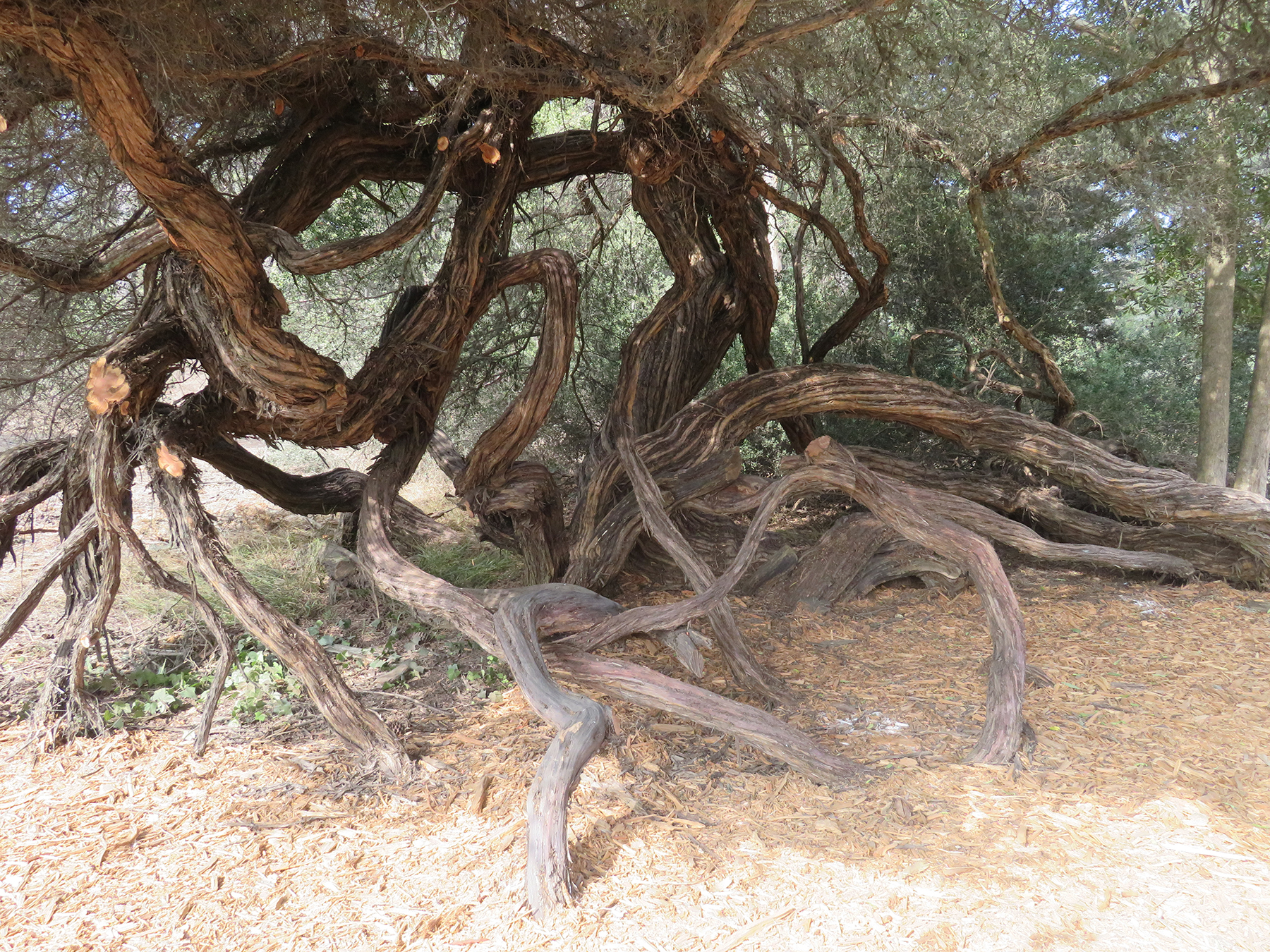Almost half a century ago, in 1975, The Boston Review published an interview with Susan Sontag about writing, photography and memory. As my readers know, all three topics are close to my heart – I write, I photograph and I have spent large parts of my life as a researcher focussed on issues of memory. Of late I have not done much of any of the three, and I miss most the ability to photograph beyond the occasional snapshot on my iPhone, between parking my car and arriving at my son’s loft, or during very short walks when I have a window of time. Or the energy.

No wonder, then, that a chance encounter with writing about photography caught my interest. While I agree with a lot of what Sontag lays out and however much I admire her prescience for the role photography would play in our consumer culture, some of what she said does not necessarily square with my own experience.



Sontag sees some photographers as setting themselves up as scientists, others as moralists. The scientists “make an inventory of the world,” whereas the moralists “concentrate on hard cases.” The themes for “photographers as moralists have been war, poverty, natural catastrophes, accidents—disaster and decay. The photographers as scientists are discovering beauty, a beauty that can exist anywhere but is assumed to reside particularly in the random and the banal. Photography conflates the notions of the “beautiful” and the “interesting.” It’s a way of aestheticizing the whole world.”


I don’t find myself particularly attracted by decay nor do I intend to imbue the banal with a sense of beauty. My lens, (in contrast to my montage work) captures more often than not what IS, documenting from an attempted neutral perspective what I perceive. That spans a wide variety of subjects – from the truly beautiful in nature to the witty in graffiti to the mundane in street scenes to the mysterious in abstract detail.
Sontag argued that making any selection of experience is very tendentious, ideological. While there appears to be nothing that photography can’t devour, whatever can’t be photographed becomes less important. I disagree. If you photograph practically everything that is in front of your eyes – as I am wont to do as you all have seen across the years of this blog – the output becomes a form of documentation, rather than a moralist preoccupation or an attempt to shape the viewers’ experience.


Which brings me to the second disagreement with Sontag who’s writing I admire. She claimed “that the photographer’s orientation to the world is in competition with the writer’s way of seeing… Writers ask more questions…Narration is linear. Photography is antilinear.“
Really? The photographs I take are not just visual documentation but they inspire my writing that, not always linearly, conveys the reactions that the photographed subjects instill. In this regard there is no competition but rather mutual exchange between what I see and what I think and what I ultimately communicate.

Case in point: the many twisted branches you find along the coastline and in Sunset Park in San Francisco which is a block from my little pied-à-terre that has been my blessed, nightly harbor. I started to whip out my iPhone when I realized that they could be – were – seen by me in two completely diametrical ways. One association was with twisted bodies, harmed and distorted by the vicious winds, forced away from their natural growth trajectory towards the light, stunted.

The other was of resilient refusal to be broken, engaging in fluid, curvy movement below the canopy, finding shelter against the storms in low-slung positions that seem the starting point of a languid dance once nobody is looking. No moralizing depiction of crippled nature nor an inventory of overlooked beauty. Nothing antilinear here in the photography, but a rather contiguous trigger of thinking through the psychological puzzle of how much perspective affects the interpretation of ambiguous stimuli. The images are the seed-bed for asking this question – how do we chose the perspective that will govern our perception? Now all I have to do is come up with the appropriate answer…. regarding arboreal forms of existence as much as the rest of my life.

Music today by the master of musical ambiguity, Johannes Brahms, oscillating between pathos and tenderness.







Lee Musgrave
Wonderful images and thoughtful text.
Richard
In Australia we passed dozens and dozens of desiccated kangaroo carcasses. Dead kangaroos are legion there, mowed down by all manner of transport. Some of them are eaten right away by carrion, dingos, etc., while in other areas for whatever reason nobody molests them; they just shrivel up and mummify in the constant sun and aridity, the hides shrink-wrap around the bones. They look as if they’ve been there for decades, and maybe they have. Dorothy would sometimes encourage me to photograph them, and no doubt they would have made a fascinating series, but I could not bring myself to do it. I wanted to take photographs of living kangaroos, koalas, sunsets and sand and happy things. I’m sure somebody else has documented the desiccations, and that is fine with me. We all document where our eyes and interests take us.